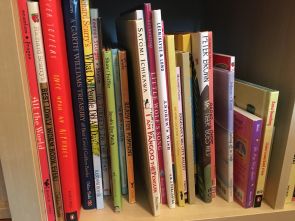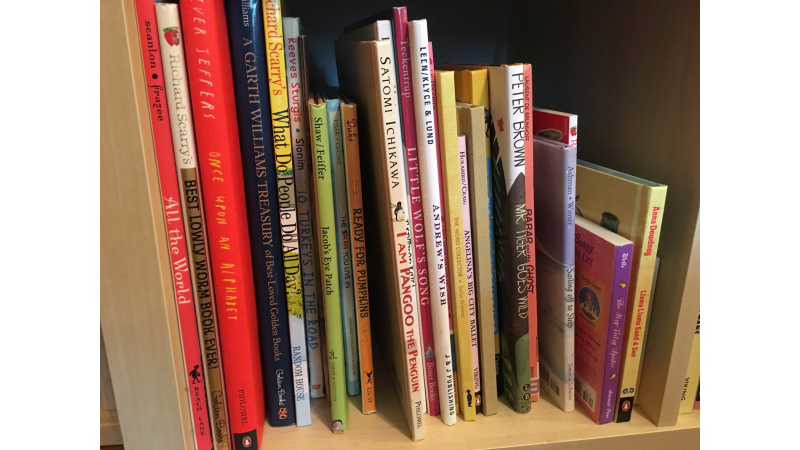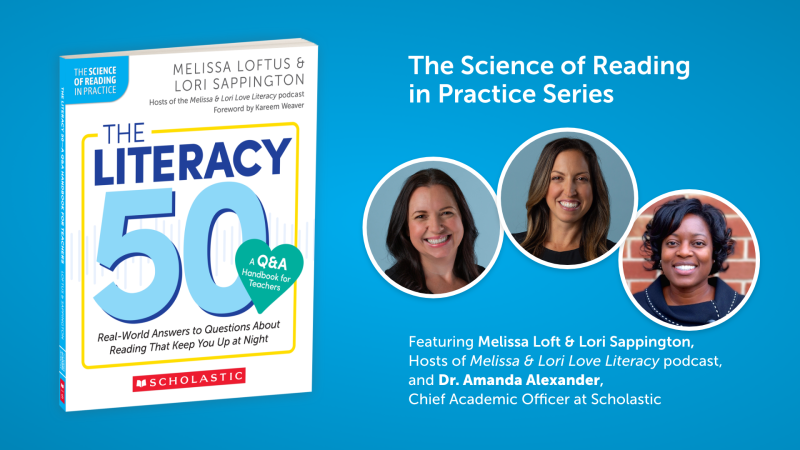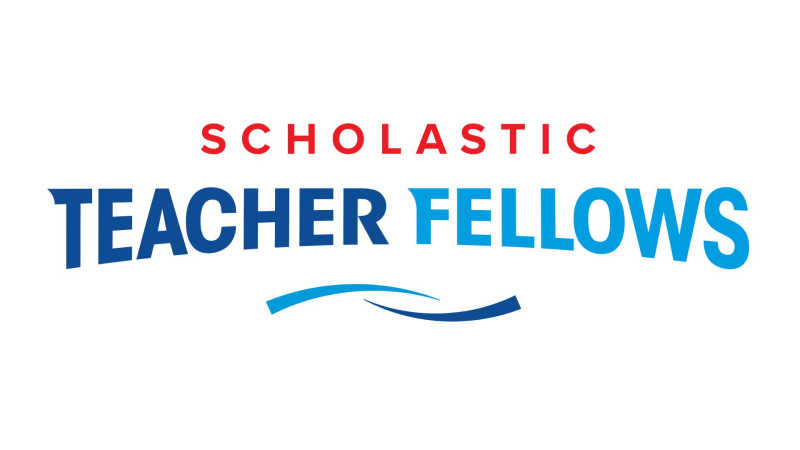 My daughter will be "stepping up" from pre-K next week, which means that she'll be starting Kindergarten in the fall. Her school's academic goals for pre-K have been mostly focused on social-emotional learning and becoming accustomed to the experience of school, so it's not like there will be intense academic expectations for her. Mostly they want her to be ready to learn; in these early years, the stronger the foundation, the better.
My daughter will be "stepping up" from pre-K next week, which means that she'll be starting Kindergarten in the fall. Her school's academic goals for pre-K have been mostly focused on social-emotional learning and becoming accustomed to the experience of school, so it's not like there will be intense academic expectations for her. Mostly they want her to be ready to learn; in these early years, the stronger the foundation, the better.
Over the summer, we'll continue to read books with her, as we have since she was born.
But the other thing I'll be doing is telling stories about going to Kindergarten. I wrote about this last year, when she was about to start pre-K ("Managing pre-K nerves"). Storytelling was one of a few strategies I used to ease the transition from preschool to pre-K. This year we're still doing it, but I want to explain a little more about how and why.
Every day when we walk to school, she requests a story with roughly the same structure: one of her stuffed animals is going to school for the first time, or is going to a new school. Each day, some of the details change, and I let her dictate.
Me: So. It was early September, and Rainbow Bunny had just moved to a new neighborhood, and was going to be a new student in her school. She was feeling pretty excited—
Her: No, she was nervous.
Me: Excited and nervous? Or just nervous?
Her: Just nervous.
...And I adjust the story accordingly.
She has been interested in this sort of story for a couple of years now. It lets her work out some of her emotions in a safe space, from some remove (the story is never about her). She has some agency over the particulars, but can relax into my telling of it. She can learn, implicitly, some of my views on how school should be (a welcoming, safe space that is also fun even if a little scary at first).
I can make my characters speak to each other in the way I think people should speak to each other in life. (The school principal and teacher—Rainbow Bunny meets both on her first day, as well as the office staff!—are welcoming, kind, and clear in their expectations for Rainbow Bunny.)
Also, storytelling is part of literacy. I can model the construction of a story: characters, plot, setting, pacing, the beginning middle and end of a story. I can use particular vocabulary words for her that I think will be interesting or fun or challenging.
As we read books, read signs, practice writing and counting this summer, Rainbow Bunny—I mean my daughter—will be all ready for kindergarten.






